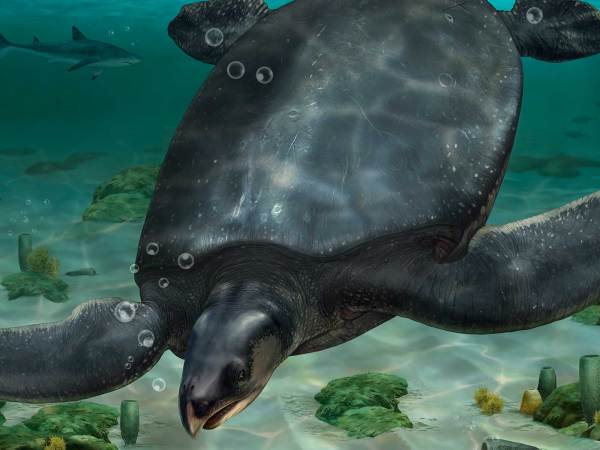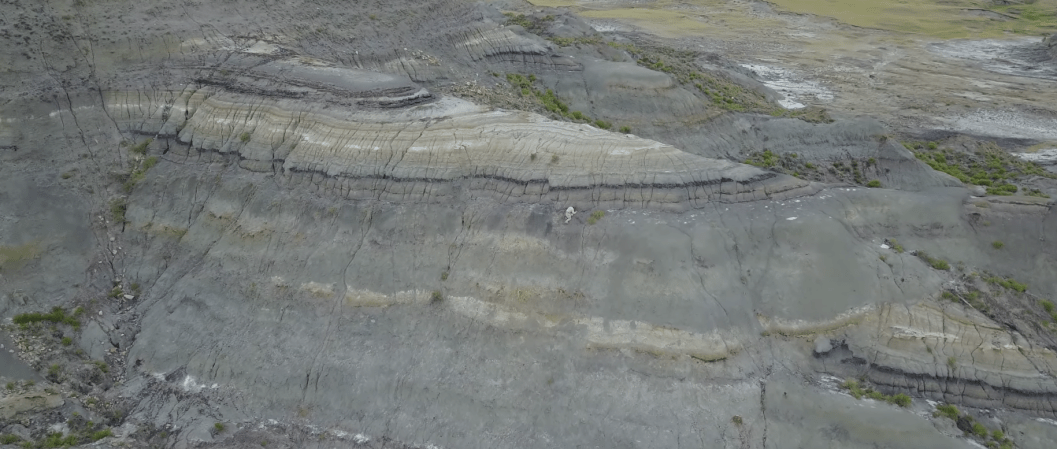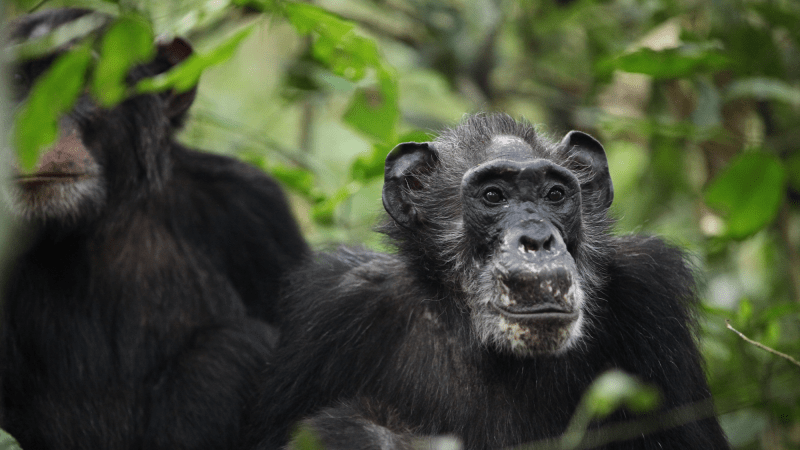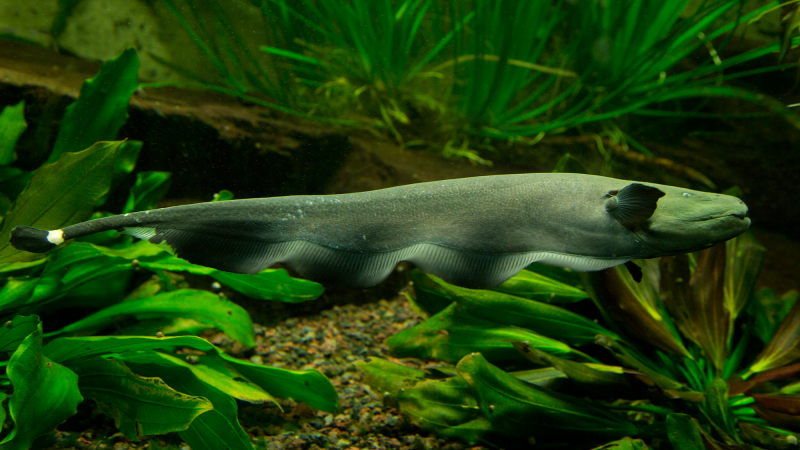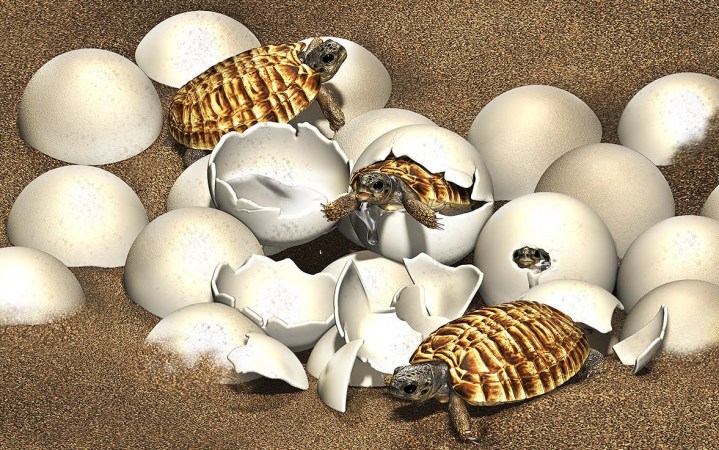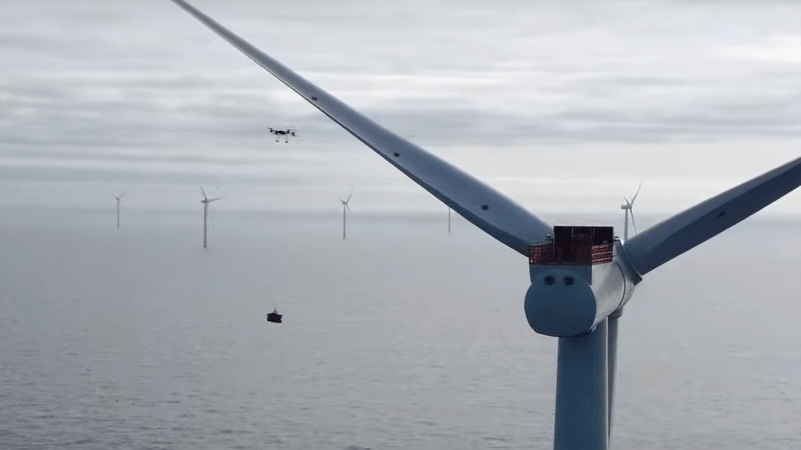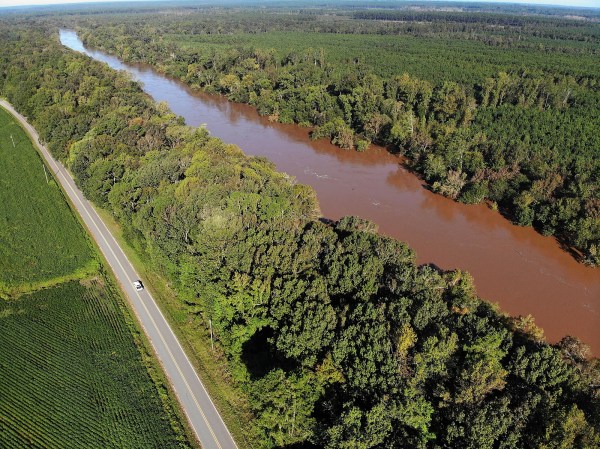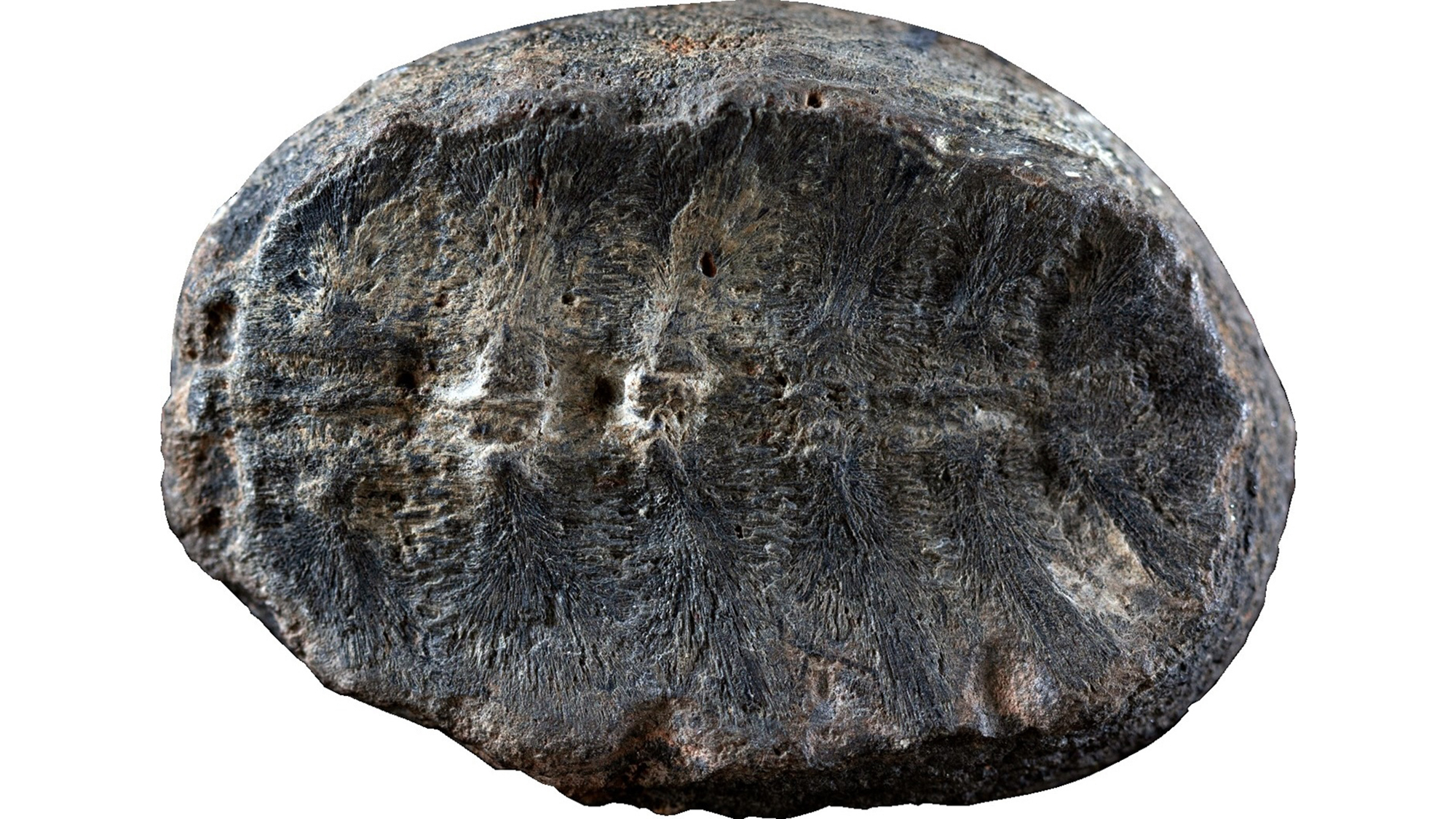

After spending millions of years tucked away in rocks, fossils can sometimes resemble a completely different living thing. A turtle fossil might even bear a striking resemblance to a plant. When a team of paleontologists and paleobotanists re-examined a plant fossil first described about 20 years ago, they found out that it is actually the fossil of a baby turtle. The re-discovery is described in a study published December 7 in the journal Palaeontologia Electronica.
[Related: This 6-million-year-old turtle shell still has some DNA.]
Colombian priest Padre Gustavo Huertas collected rocks and fossils near the town of Villa de Levya from the 1950s to the 1970s. Two of the specimens Padre Huertas found were small, round rocks that had lines on them that looked like leaves, so he classified them as a type of fossil plant. They were described by Huertas in 2003 as Sphenophyllum colombianum and they date back to when dinosaurs roamed the Earth between 132 and 113 million years (Early Cretaceous period).
This fossil’s age and where it was found piqued the interest of Fabiany Herrera, the assistant curator of fossil plants at the Field Museum in Chicago and a paleobotanist at the Universidad Nacional de Colombia in Bogotá, Colombia and his postdoctoral student Héctor Palma-Castro.
“I am neither a turtle expert nor a paleo vertebrate [expert], but my student Héctor and I knew this specimen was not a fossil leaf,” Herrera tells PopSci. “Fossil leaves are usually preserved pretty flat and don’t have a bone-like texture, so we were quite intrigued as soon as we saw the fossil for the first time.”
At first glance, the fossils that are about two inches in diameter, looked like rounded nodules with the preserved leaves of the plant Sphenophyllum. They then noticed some key features weren’t quite right. They searched through the university’s fossil collections for other plants for comparison, and deciphering the shape and margin of the leaf in question was a challenge. The lines seen in the fossil did not look like the veins of a plant, and Herrera and Palma-Castro thought it could be bone.
For help, Herrara reached out to Edwin-Alberto Cadena, a colleague and paleontologist who specializes in turtles and other vertebrates at the Universidad del Rosario in Bogotá. Cadena examined photos of the fossil and believed it looked like the upper shell of a turtle called the carapace. He realized that not only was it a turtle, but a hatchling of one of the world’s oldest extinct turtle species that could grow up to 15 feet long.
“Considering that the fossil hatchlings were found in the same rocks where one of the most complete and oldest marine turtles from the Early Cretaceous has been discovered, known as Desmatochelys padillai, we believe that these hatchlings could correspond to this extinct species,” Cadena tells PopSci. “Desmatochelys padillai belongs to a group of marine turtles known as protostegids, which inhabited the planet during the Cretaceous period and includes some of the largest turtles ever to have lived on Earth.”
[Related: Gigantic fossils hint at super-sized 7,000-pound sea turtle.]
Cadena and his student, Diego Cómbita-Romero of the Universidad Nacional de Colombia, further examined the specimens and compared them with fossilized turtle shells and modern shells.
“When we saw the specimen for the first time I was astonished, because the fossil was missing the typical marks on the outside of a turtle’s shell,” Cómbita-Romero said in a statement. “It was a little bit concave, like a bowl. At that moment we realized that the visible part of the fossil was the other side of the carapace, we were looking at the part of the shell that is inside the turtle.”
To determine its age, they looked at the thickness of its carapace and the spots where the animal’s ribs were joined together in solid bone. The turtle was likely between 0 and 1 year old at death and in a post-hatchling stage with a slightly developed carapace when it died. Cadena says it is very rare to find hatchlings of fossil turtles since the bones in their shells are quite thin and can easily be destroyed over time.
The team does not fault Padre Huertas for the mistake, as the features that he thought were leaves and stems are actually the modified rib bones and vertebrae that make up a turtle’s shell. Cómbita-Romero and Palma-Castro nicknamed the specimens Turtwig after a Pokémon that’s half-turtle and half-plant.
“In the Pokémon universe, you encounter the concept of combining two or more elements, such as animals, machines, plants, etc. So, when you have a fossil initially classified as a plant that turns out to be a baby turtle, a few Pokémon immediately come to mind. In this case, Turtwig, a baby turtle with a leaf attached to its head,” paleobotany postdoctoral student Palma-Castro said in a statement. “In paleontology, your imagination and capacity to be amazed are always put to the test. Discoveries like these are truly special because they not only expand our knowledge about the past but also open a window to the diverse possibilities of what we can uncover.”
The team hopes to conduct more examinations of these specimens, including using micro-computer tomography to peer into the more delicate details of the bone and anatomy. They also plan to search for new fossils preserved inside these same spherical rocks and hopefully will find better-preserved hatchlings and even fully intact skeletons.
“The general public is crucial for discovering new fossils and meteorites in the US and Latin America,” says Herrera. “At the Field Museum, we receive lots of inquiries every year. Next time you find an interesting specimen and don’t know what it is, ask an expert! You could discover an exciting new species or rock from our planet’s history.”

